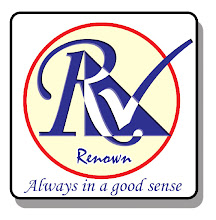What is pull marketing?
An example of this is a perfume product. Women do not request to smell a fragrance they never smelled before; it is simply "pushed" at them, through the right advertisement.
- Applied to that portion of the supply chain where demand uncertainty is relatively small
- Production & distribution decisions are based on long term forecasts
- Based on past orders received from retailer’s warehouse (may lead to Bullwhip effect)
- Inability to meet changing demand patterns
- Large and variable production batches
- Unacceptable service levels
- Excessive inventories due to the need for large safety stocks

What is push marketing?
Push marketing is where you develop advertising and promotional strategies geared toward your marketing and distribution channels to entice them in promoting your product. As consumers, you rarely see this type of marketing when it is directed to the distributors. It might include wholesale discounts, kickbacks, bonuses, and other types of support. It's all designed to have the retailer promote your product to the end users over a different product.
In recent years, I've seen a nearly exponential increase in the past decade - another type of push marketing is taking over. It's the referral and word of mouth marketing. When companies encourage happy customers to spread the word to their friends and families, that's a type of push marketing. Or, when companies make ads that are controversial, cheeky, or downright shocking, they create a little buzz - that's another type of push marketing.
An example of this is the car manufacturing company Toyota. Toyota only produces cars when they have been ordered by the customers.
- Applied to that portion of the supply chain where demand uncertainty is high
- Production and distribution are demand driven
- No inventory, response to specific orders
- Point of sale (POS) data comes in handy when shared with supply chain partners
- Decrease in lead time
- Difficult to implement

No comments:
Post a Comment